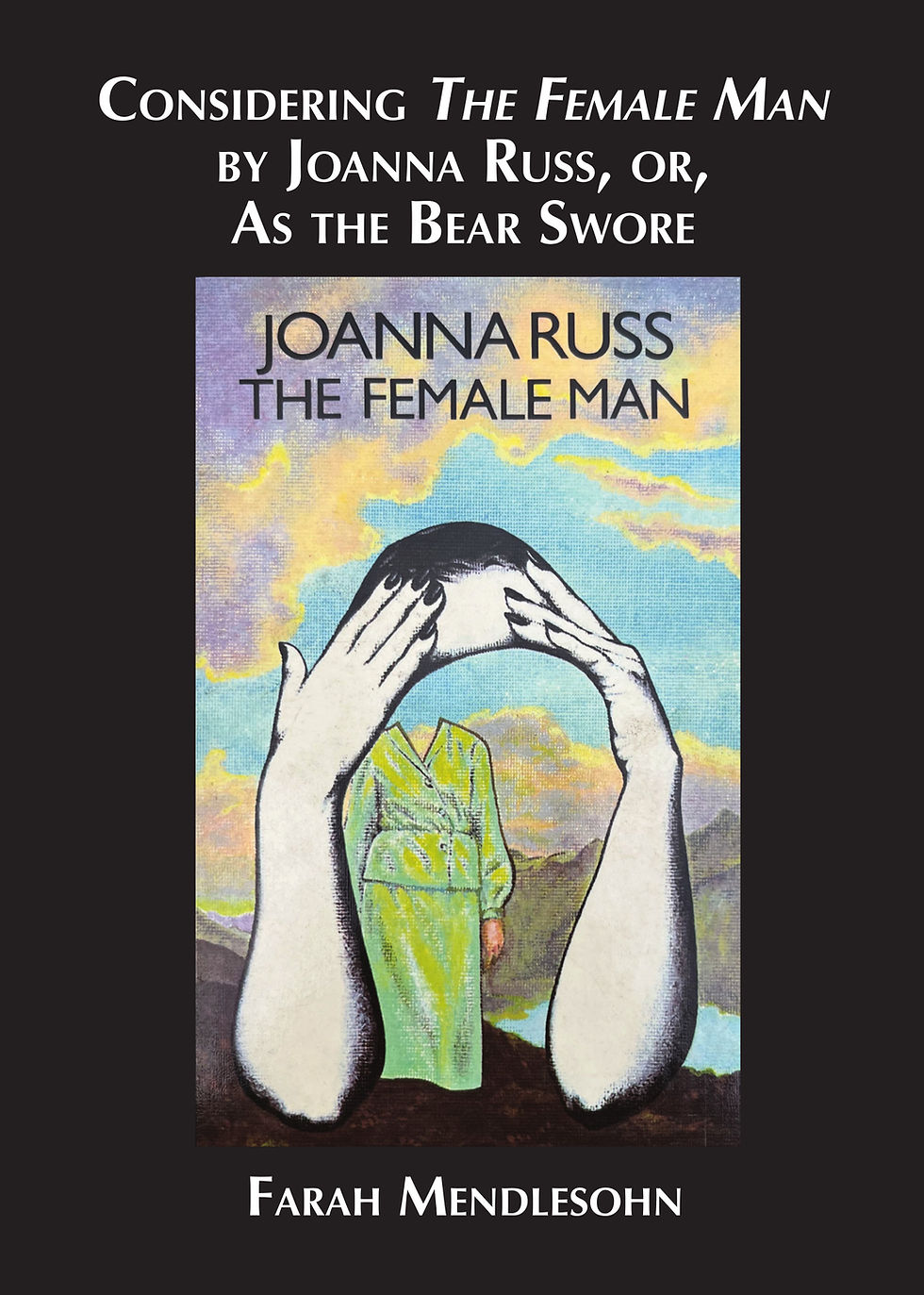‘Uncanny Bodies’: Pain and Illness section
- Francesca T Barbini
- Jul 25, 2020
- 3 min read

The Uncanny Bodies anthology looks at how the concept of the uncanny might help us explore and understand various phenomena, experiences and feelings in our lives. According to Freud’s essay of 1919, the uncanny is ‘not the strange but the familiar become strange’. Many of the examples Freud draws on in his attempts to describe and define the uncanny are related to bodies: dismembered limbs, body parts continuing to move; the sensation of a foreign body within one’s own, or an estrangement from one’s body.
Today, over a hundred years after the original publication of Freud’s essay, our understanding of the human body and its relationship to its environment is undergoing a radical transformation in the light of medical advances and new technologies. Devices such as mechanical heart valves aren’t themselves alive and yet they maintain life in their recipient organisms. Older technologies such as prostheses replace once-living limbs but in doing so serve to remind us of what the body has lost. These types of technologies can muddle our sense of what life is.
The first section of this anthology highlights the uncanny in pain, illness and disease. Authors in this section have drawn upon their own experiences; in Jules Horne’s dramatic dialogue ‘The Stane Bairn’ the woman talking to her fibroid tumour (in an echo of the baby bonding process) evokes an uneasy feeling in the reader. Just who is she speaking to? Is this stane bairn alive?
Mother: All bairns are bonnie to their mothers. Even the pugliest bairns like hers up the close.
Stane Bairn: No mei. Am heavy and hard wi a stiff grey face. Am stane.
Mother: What kind o stane, bairn?
Stane Bairn: Whinstane. The heaviest kind. The quarry stane. The road stand.
Aoife S. McKenna’s essay in response to this dialogue discusses the social contexts in which pregnancy might be an uncanny experience, and also presents her own poem created by using found words in Freud’s essay. (As editors, we were keen to encourage the academic contributors to create non-traditional academic work, such as poems.)
Sara Wasson’s essay ‘Pain’s Uncanny’ highlights the link between chronic pain and the passing of time, relating this to the telling of stories:
The strange, recursive temporality of pain experience can be uncanny, a return to a familiar state, experienced before, yet subtly different and strange even in the fact it is repeated, returned to, over and over – a repetition, a haunting, a curse. In pain, time may become circular, or static. It can be a thing of repetitions, of reversals, of returns. It can be a recalcitrant story.
Neil Williamson’s short story ‘Bunting’ is an imaginative exploration of a boy with dermatillomania; ‘the urge to pick and peel’:
Struan tugs the fringe of old skin with this thumbnail, working the delicate rag as slowly as the boiling anxiety inside him will allow. There is pain—there should be pain. He teases, pulling and lifting. The more he can shed, snakelike, in one piece, the closer he feels he will be to discovering who—what—he is.
Bridget Bradley’s essay ‘Skin Sisters’ draws upon her ethnographic work interviewing people with body-focussed repetitive behaviours:
She draws with charcoal. She calls it compulsive because it comes from within, without reason. She controls it well, keeping it safe, mostly, in the spaces where it can’t bring her harm. On the train. On the bus. Her head is down… immersed… drawn in deep… pushing it out of her hands and on to the paper.
The uncanny also reminds us that we are not autonomous entities; we are more porous than we would like to believe and ‘we’ are constituted by other species (such as bacteria) required by us to function healthily. Helen Sedgwick’s story ‘The Treatment’ looks at how the mother-baby bonding process can go awry in the potential (and unquantifiable) presence of other organisms.
(See this earlier blog for a complete list of the contributors to the anthology.)
Our next blog will explore the uncanny in the city and forest.






Comments